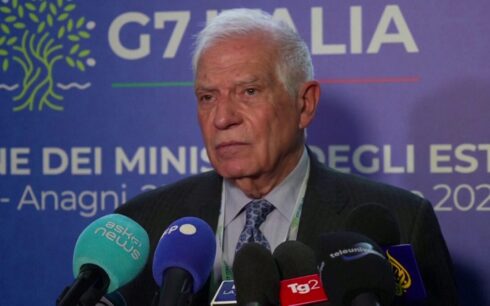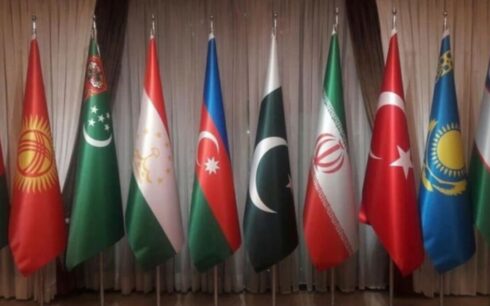BEIRUT, Lebanon — Thousands of Lebanese civilians began returning to their homes early Wednesday after a cease-fire brought an end to one of the deadliest conflicts in years between Israel and Hezbollah.
The truce, which went into effect at 4 a.m. local time, follows over a year of sporadic clashes that intensified in recent months, displacing more than a million people.
In the hours leading up to the cease-fire, Israel’s military continued its bombardment of Hezbollah positions in Lebanon. The campaign, which escalated sharply in recent weeks, left a trail of destruction, killing key Hezbollah leaders and depleting much of the group’s weapons stockpiles.
Hezbollah, the Iran-backed militant group that operates both as a political party and armed force in Lebanon, has remained distinct from the Lebanese government. The cease-fire deal, brokered by the United States and France, aims to restore stability to the region while curbing Hezbollah’s military presence near the Israeli border.
Lebanon’s caretaker cabinet is set to meet Wednesday morning to formally approve the agreement. Under the terms of the deal, Israeli forces will gradually withdraw from southern Lebanon over the next 60 days.
In turn, Hezbollah is barred from reestablishing positions close to the border, while the Lebanese military will deploy additional troops to the region.
Israeli Prime Minister Benjamin Netanyahu endorsed the cease-fire late Tuesday, emphasizing its strategic benefits.
He framed the agreement as an opportunity for Israel to rebuild its defenses while concentrating on the broader threat posed by Iran, a key regional adversary. Netanyahu also pointed to the ongoing conflict in Gaza, where Israel continues its fight against Hamas, a close ally of Hezbollah.
The conflict uprooted more than a million people as violence escalated in recent months. The cease-fire agreement, if upheld, could mark a pivotal moment for a region long beset by cycles of war and fragile peace.





